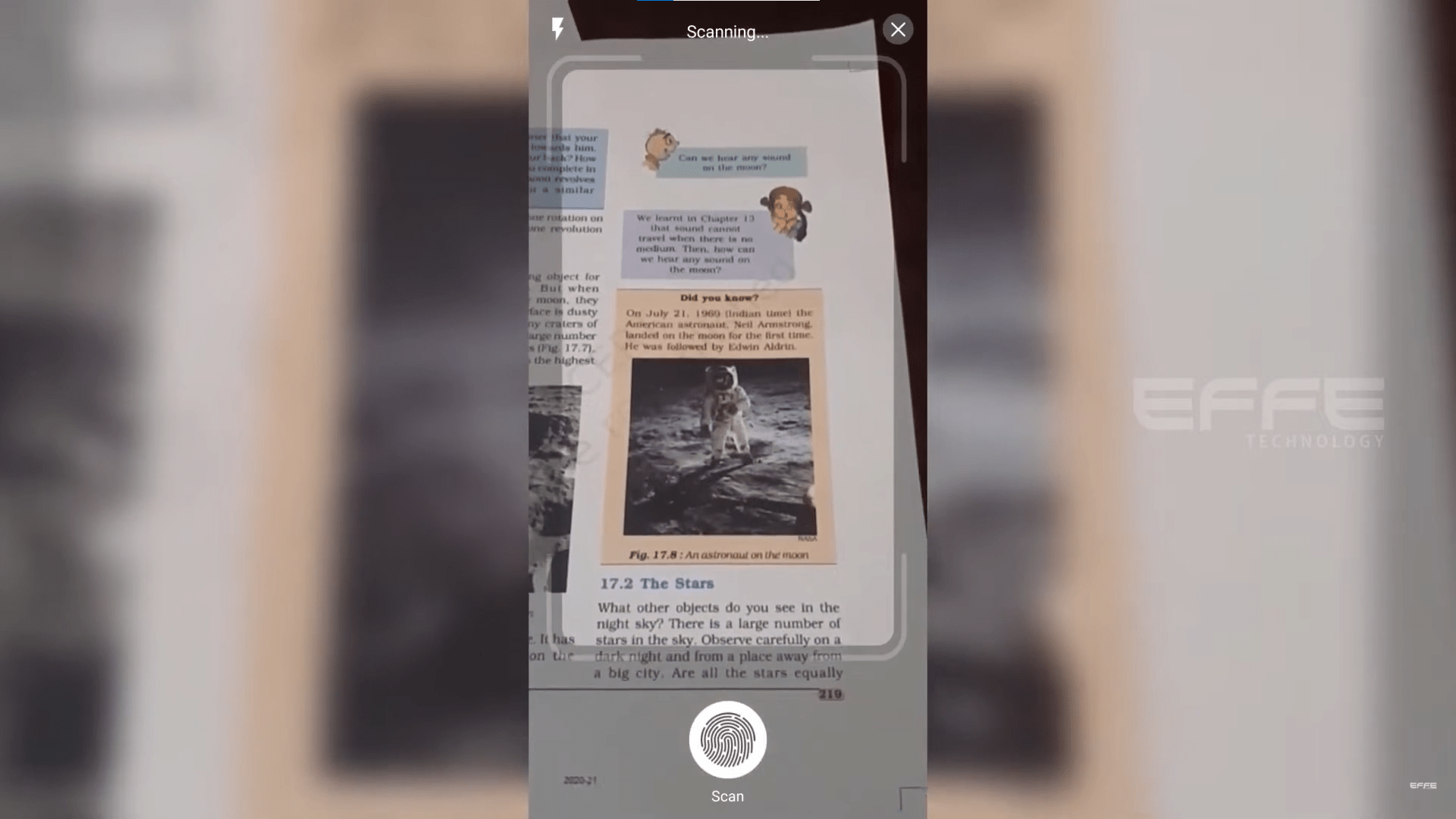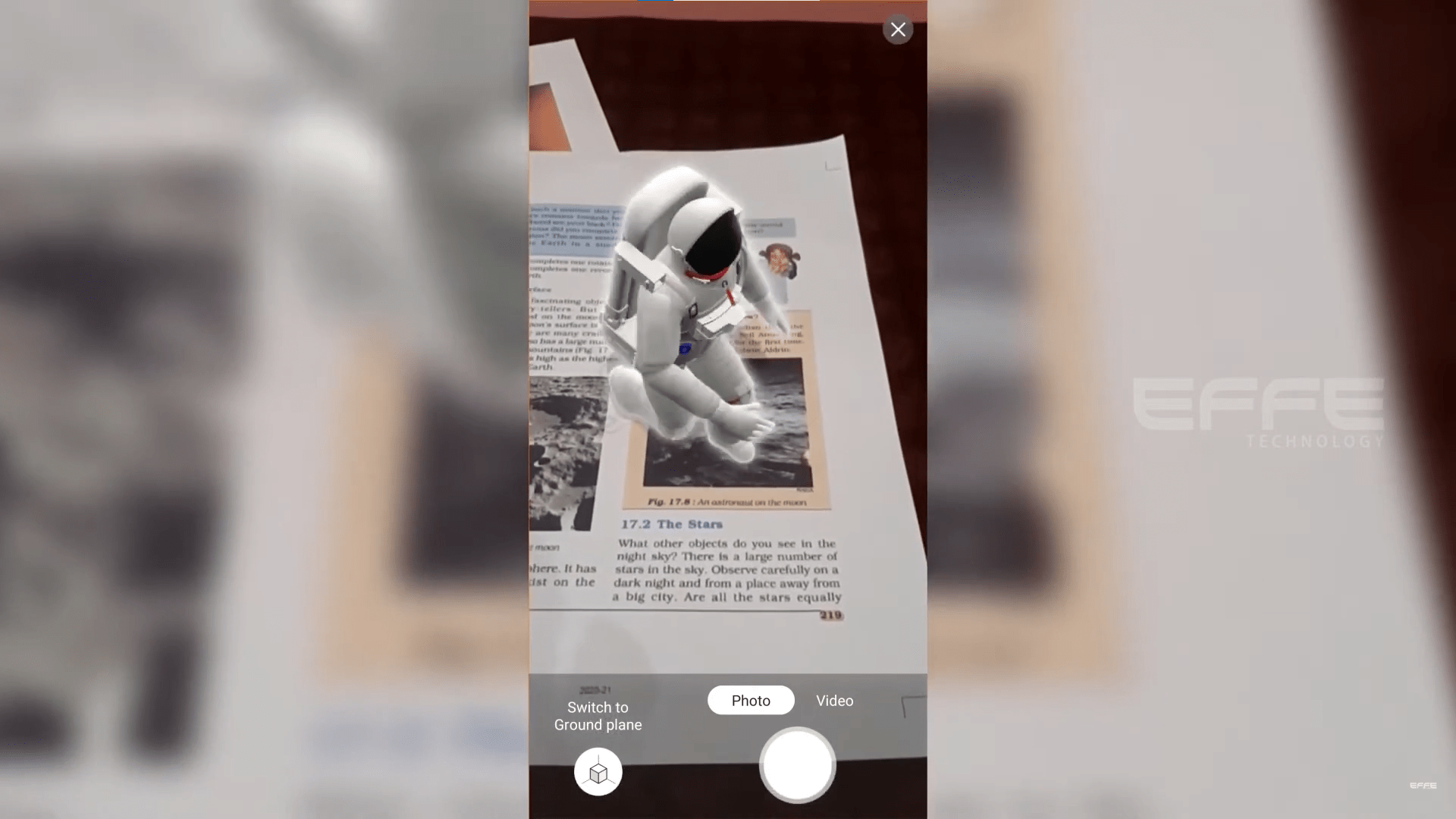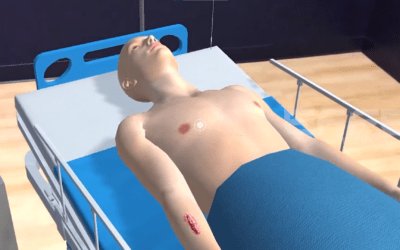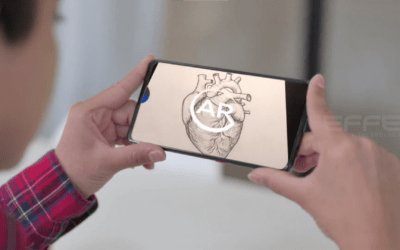Project Brief:
The education industry, especially in the K-12 segment, faces significant challenges in maintaining student engagement and motivation. Traditional teaching methods often fall short of delivering the interactive and immersive experiences demanded by today’s tech-savvy learners. To address this gap, K-12 Education with Augmented Reality emerges as an innovative solution, reshaping the learning landscape. Our project focused on designing and implementing an augmented reality service for K-12 Education. This initiative aimed to create engaging, immersive experiences that allow students to visualize abstract concepts, conduct virtual experiments, and relive historical events through real-time simulations. By leveraging K-12 Education with Augmented Reality, we sought to complement traditional teaching methods while enhancing the accessibility and usability of learning resources for educators and students.
Client Requirement:
The client, a leader in K-12 educational content, envisioned using K-12 Education with Augmented Reality to transform traditional classrooms into interactive learning environments. Their key requirements included:
- Comprehensive AR Learning Modules aligned with the K-12 curriculum, covering subjects like science, history, and mathematics.
- Interactive content that promotes active participation, capturing students’ attention.
- Cross-device compatibility to ensure seamless access to AR modules on tablets, smartphones, and laptops.
- Comprehensive educator training to enable effective adoption of the augmented reality service.
- Smooth integration with their existing digital platform for an uninterrupted teaching experience. Visit Our partner Website
Project Planning, Strategy, and Process:
To deliver a cutting-edge solution for K-12 Education with Augmented Reality, we developed a multi-stage approach:
- Requirement Analysis and Ideation: Collaborating with the client to identify pain points in traditional teaching and opportunities for AR integration in K-12 education.
- Research and Development: Exploring AR tools like marker-based AR to bring K-12 concepts to life, including historical recreations and scientific phenomena.
- Content Creation and Prototyping: Developing subject-specific AR modules, such as virtual science labs, 3D history visualizations, and mathematical simulations, all aligned with K-12 Education with Augmented Reality principles.
- Platform Integration: Ensuring seamless functionality across devices and minimal latency for uninterrupted user experiences.
- Testing and Feedback: Conducting beta testing with students and educators to refine usability and content quality.
- Educator Training and Support: Providing workshops and user-friendly guides to empower teachers to integrate AR into their classrooms.
- Deployment and Continuous Improvement: Launching the solution across schools and planning regular updates to meet evolving educational demands.

Deliverables and Benefits:
Deliverables:
- AR K12 E-learning modules for science, history, and mathematics.
- Seamless augmented reality integration for cross-device compatibility.
- Comprehensive educator training materials, including workshops and video guides.
Benefits:
- Enhanced Engagement: Immersive content fostered curiosity and active learning among students.
- Improved Learning Outcomes: K-12 Education with Augmented Reality simplified complex concepts, improving retention.
- Competitive Edge: Positioned the client as a pioneer in adopting AR for K-12 education.
- Empowered Educators: Provided teachers with innovative tools for impactful teaching.
- Future Scalability: Modular AR solutions ensured adaptability for future educational trends.
Conclusion:
The successful implementation of K-12 Education with Augmented Reality marked a turning point in the education sector. By transforming traditional learning methods into dynamic, interactive experiences, students became active participants in their educational journey. This project not only demonstrated the immense potential of augmented reality in education but also set a new standard for innovation in K-12 learning. With meticulous planning, collaboration, and cutting-edge technology, our solution for K-12 Education with Augmented Reality revolutionized how knowledge is imparted, ensuring lasting impact and paving the way for future advancements.
Augmented reality for Education industry | AR VR development company




